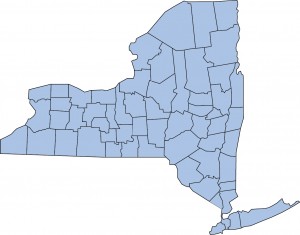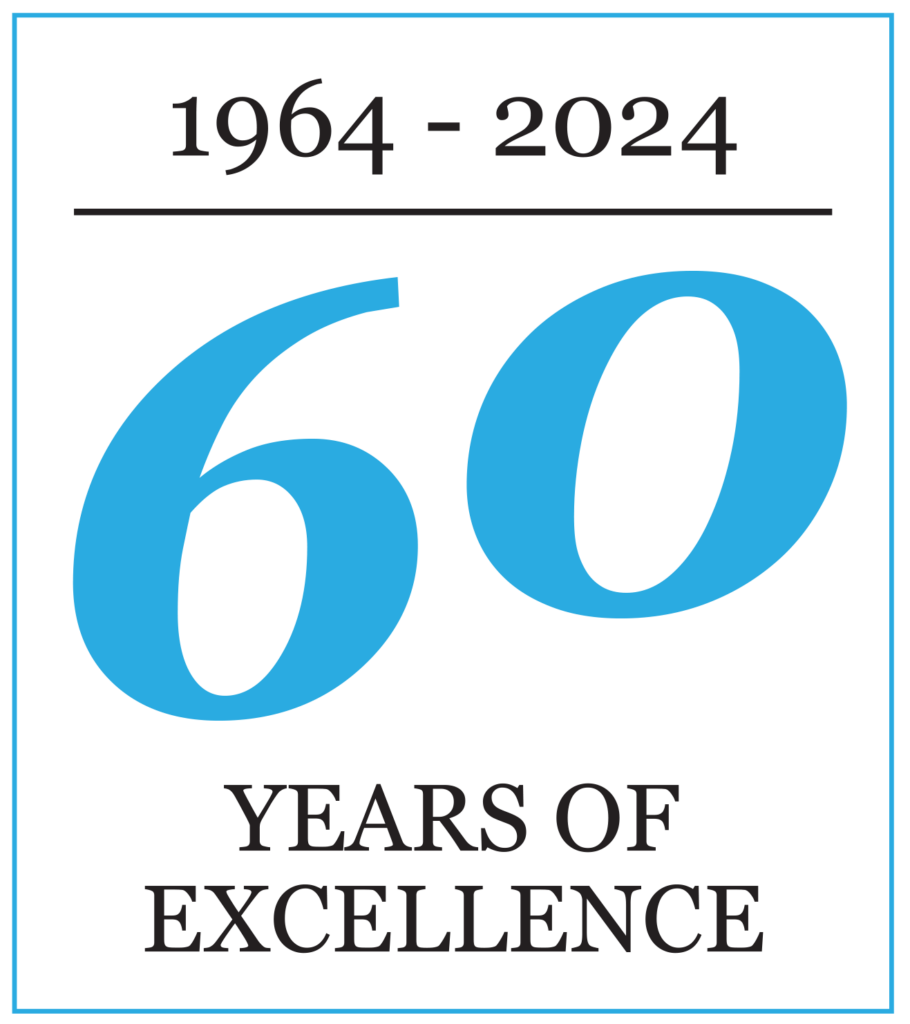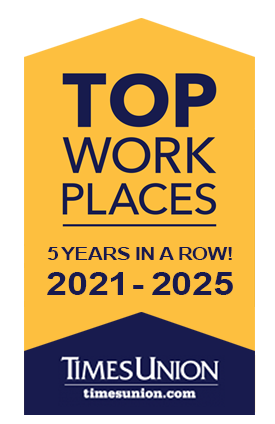Successfully Secure Grant Funding
Integrate Your Regional Council’s Goals Into Your Master Plan
Understanding your Regional Council’s goals is critical to secure grant funding in New York. In order to stimulate economic development in New York State, a new holistic and targeted approach was created to address unique economic needs both regionally and statewide. Ten Regional Economic Development Councils were created and they will serve as the single point of contact for economic activity in their respective regions. Each regional council will collaborate with state agencies to bring the region’s economic goals into fruition and maximize the state’s limited resources.
As such, each regional council has developed and adopted a five-year strategic plan that sets the stage for the region’s economic development activity and clearly outlines the priority projects. Each strategic plan will serve as the road map for future growth, and each regional council has been tasked to begin implementation by evaluating and guiding public, private and non-profit investment into its region.
With a struggling economy and tax cap restrictions, municipal leaders are finding themselves in a greater fiscal battle than ever before to balance budgets, fund improvements and still provide the high quality services that taxpayers demand. So what do these regional councils and strategic plans mean to the numerous towns around the state? Until now, New York State has lacked a cohesive and coordinated strategy for allocating funding and resources. Grant funding in the past was haphazardly announced and dangled like a carrot for which all “eligible” communities to compete. With this new shift in the way the state allocates its resources, the regional councils will serve in an advisory role to the state agencies to better target their resources, assistance and funding. This is also intended to level the playing field with specific funding allocations per region and eliminate the “upstate versus downstate” competition. The key to successfully securing future grants at the local level will be to align local plans as closely as possible with the region’s strategic plan and to be ready to go with identified projects when future funds are announced.
Connecting your comprehensive plan to the region’s strategic plan can be achieved as follows:
Know Your Regional Council’s Strategic Plan
In order to advance your community projects, you must know how it fits into the big picture or the region’s vision. Each regional council has crafted a vision statement outlining the priority issues to achieve long-term economic success, as well as specific strategies and projects to achieve this vision. Assess your current plan, your vision, your resources, and know your community’s immediate and long-term needs. Regardless of whether your plan was written 10 years ago or two years ago, your comprehensive plan should be updated to reflect and incorporate your region’s strategic plan. The regional councils will play a critical role in awarding future funding to the communities in their regions based upon their region’s own strategic plan; therefore, it is critical that your comprehensive plan ties itself back into the strategic plan as cohesively as possible. Each strategic plan includes an evaluation criterion that will be used to rank and prioritize future projects, and you do not want your community’s projects overlooked because it was unclear whether it was supported by the region’s strategic plan.
Regional Economic Development Vision
Does your project or goal advance the region’s vision? How well does your vision fit in with the region’s assets? How well does your vision drive an economically sustainable future for the region? Is your vision feasible? Does it represent the region broadly?
Now that the strategic plans are adopted, communities should take a hard look at the region’s vision as it may compare to the local vision to identify what local resources and assets can become regional opportunities.
Process
Is there significant community and stakeholder support for your priority projects?
Strong public support for community projects will give weight to projects and build opportunities for both public and private partnerships. Together, more can be achieved than any single effort. An inclusive planning effort will continue even after the plan is complete, as contacts and partnerships formed during the process will continue to carry out the plan’s goals and actions.
Strategies
How well does your plan articulate strategies and projects that are also critical in the region’s strategic plan? Are your strategies linked to job creation? How is the implementation of your community’s strategies also an opportunity for the region? Does your project specifically advance a strategy that is part of the region’s strategic plan?
Review the region’s strategic plan, and identify the strategies and potential projects that also fit your community, and incorporate those components into your community plan. Identify priority goals or strategies that are achievable and viable. Often funding agencies will give extr a points or consideration to priority items identified in a plan. This may be especially true if the priority items align with the region’s priorities. Today, large sums of grant funds and priorities are dedicated to green technology, sustainable development and sharing services. It is very important to make sure that the programs for which you seek funding are mentioned and supported in your planning document.
a points or consideration to priority items identified in a plan. This may be especially true if the priority items align with the region’s priorities. Today, large sums of grant funds and priorities are dedicated to green technology, sustainable development and sharing services. It is very important to make sure that the programs for which you seek funding are mentioned and supported in your planning document.
In addition, state agencies have also collaborated to create a Consolidated Funding Application (CFA) process. The focus of the grants being included in the CFA is economic development. Therefore, communities need to take a hard look at their plans and explain how strategies and projects are tied to job creation. It may be easy to directly link business attraction, retention and expansion to economic development; however, a concerted effort must be made to reshape other goals toward job creation.
For example, how will a pocket park or waterfront esplanade generate economic activity? How will water/sewer infrastructure improvements create job opportunity? How will senior housing or a home ownership program affect the overall market? If a community can answer these questions, they will be ahead of the game.
Implementation
Is your project of significant importance to advancing the implementation agenda of the region’s strategic plan? How well does your plan identify the necessary steps and time frames and allocate the necessary resources and responsibility to ensure implementation?
Review your community’s strategies and assign responsibility. Delegating tasks creates a realistic implementation matrix. The comprehensive plan’s action matrix should not only clearly identify each goal and action, but who is responsible when the action is expected to be completed and the potential funding available. Create a project team (staff, volunteers, consultants, local and state officials) to assist with the implementation. When assigning tasks, develop a project schedule and work plan for implementing the comprehensive plan, complete with milestones and deadlines. Accountability is often a strong motivator.
Leverage Resources
How well are other public, private and non-profit funds and investments leveraged? Does your project leverage other funding sources? Are there partnerships that can or have been created to ensure project success? Can the project be phased to achieve the project goals over a longer time period?
Project viability is vital; agencies want to be able to provide money to communities that can confidently advance a project. Communities are urged to build partnerships to leverage resources. Get stakeholders involved; stakeholders have an invested interest in the successful implementation of the comprehensive plan. Many stakeholders willingly participate in the development of the plan and are among the first partnerships formed in advancing the plan. Continue to work with the media to obtain support from the public. Priority items that are frequently featured by the media and supported by the public often gain support from those that can influence the funding dollars.
Performance Measures
If funded, can the results of the project be monitored and evaluated? To what extent will performance monitoring be realistic and demonstrate the effectiveness of the region’s strategic plan?
Reach for the stars, not the universe. Updating your plan should clearly demonstrate who you are as a community locally and how you fit in regionally.
Leadership and commitment will open doors to financial resources and successfully implemented plans.


